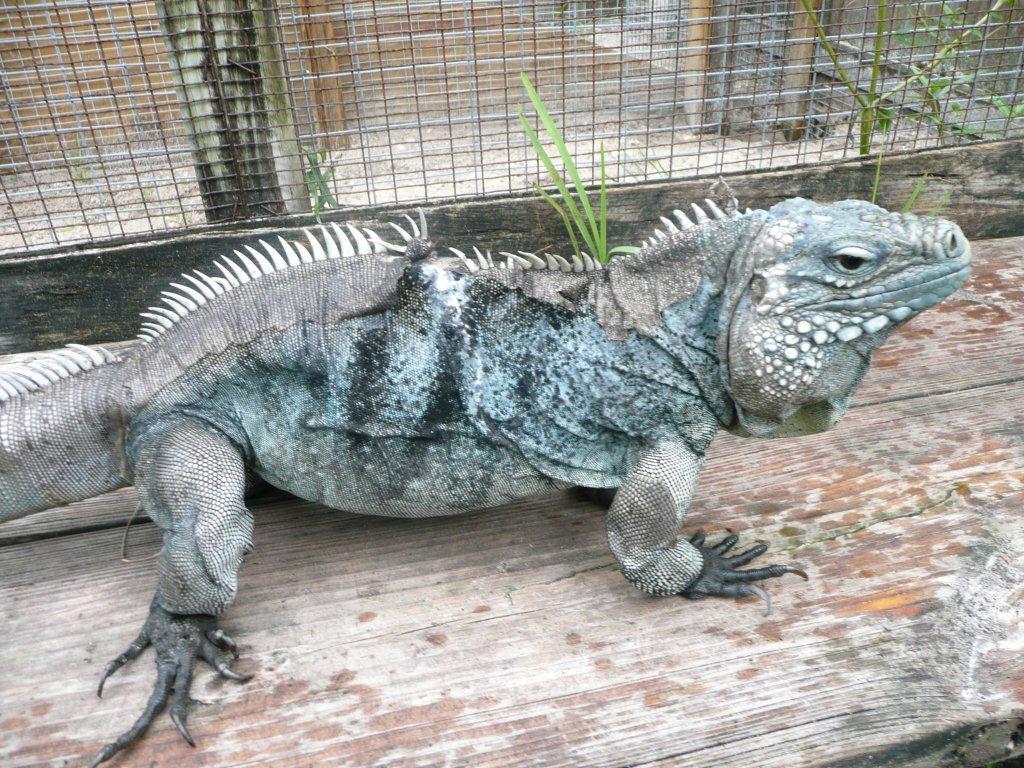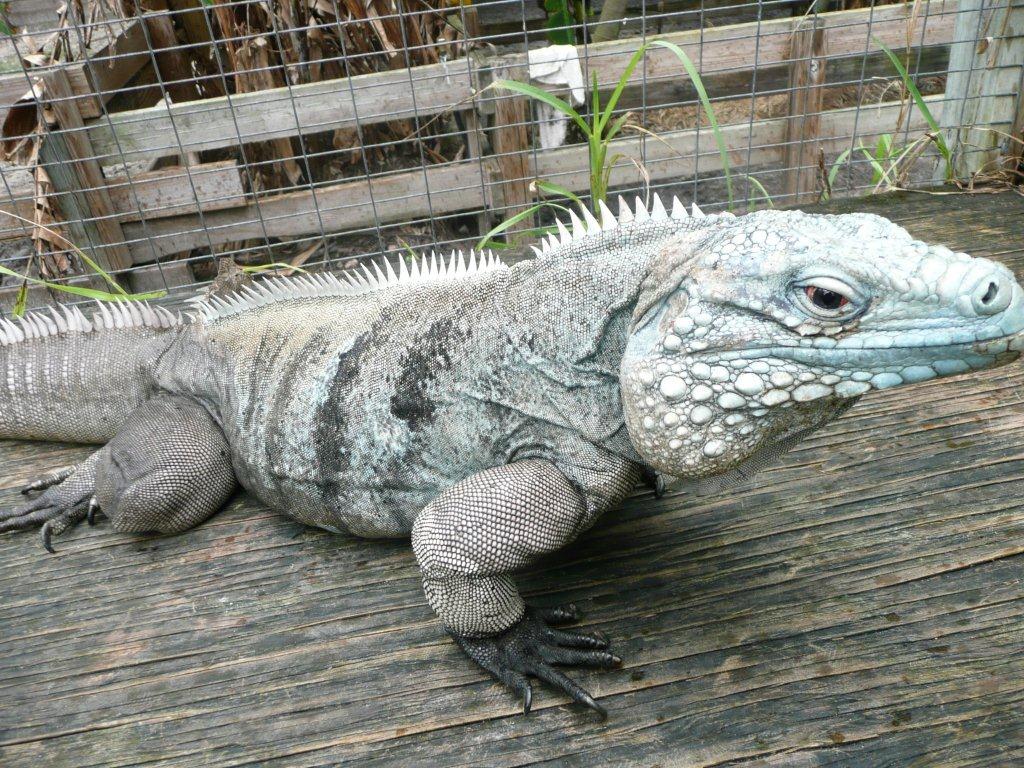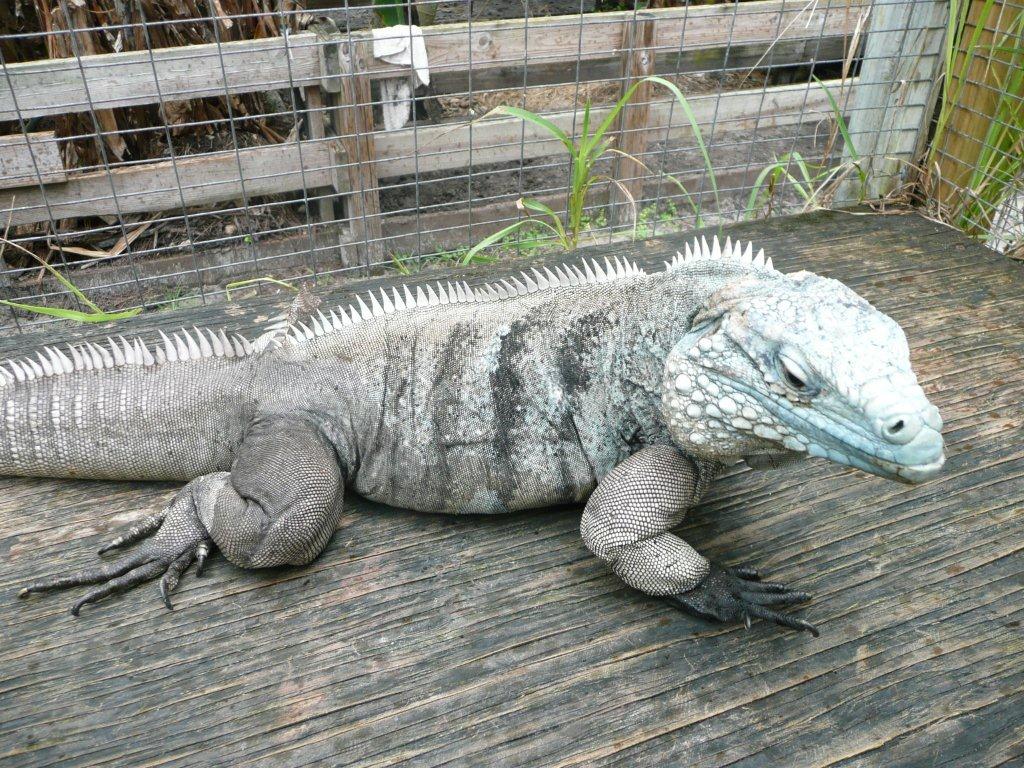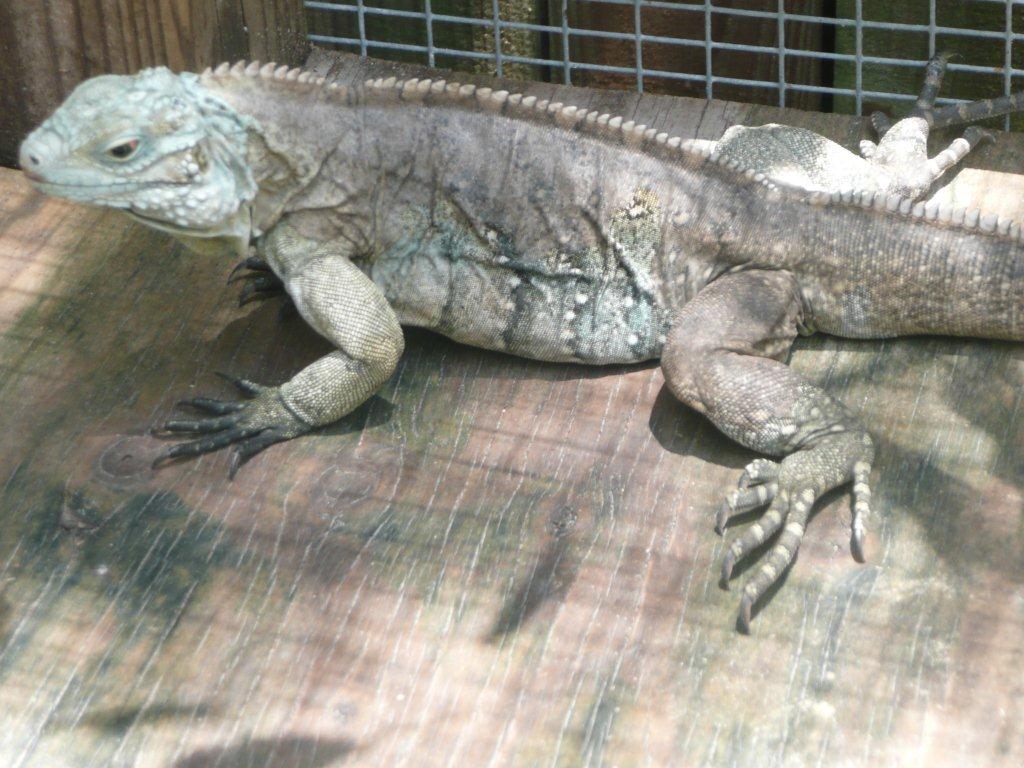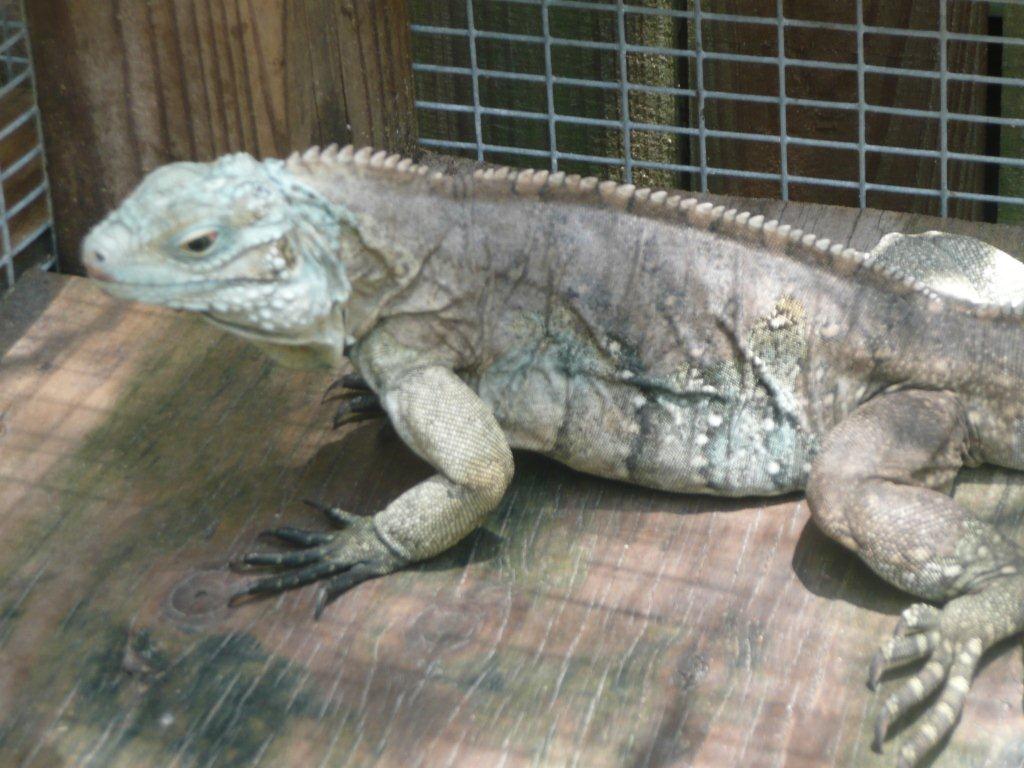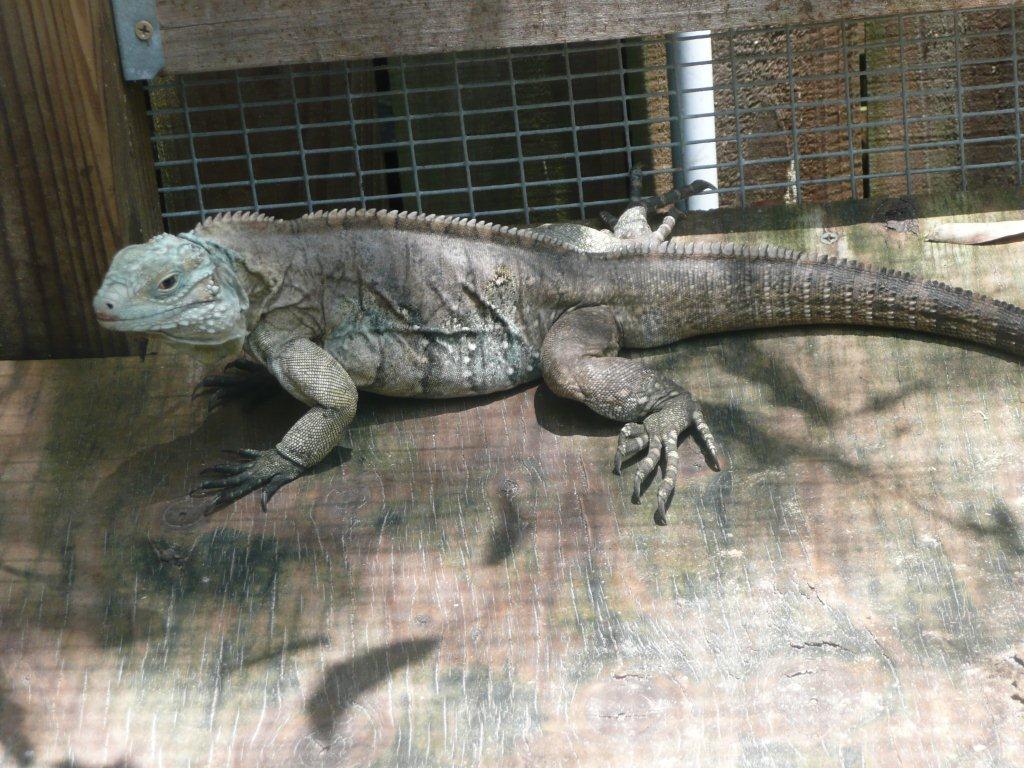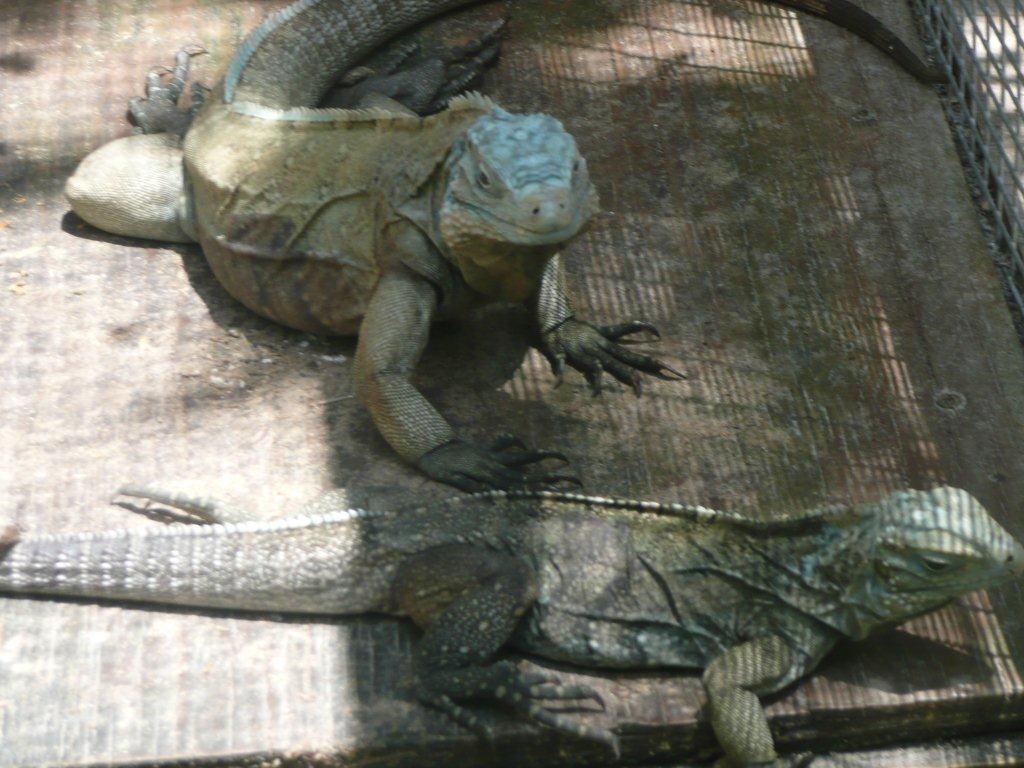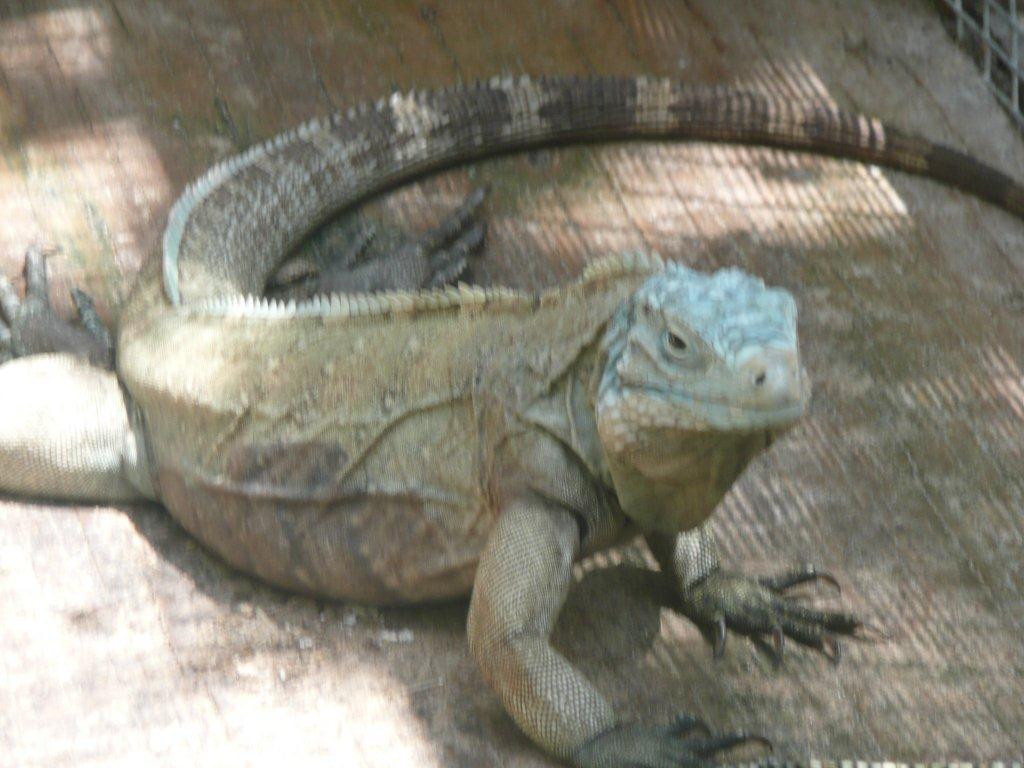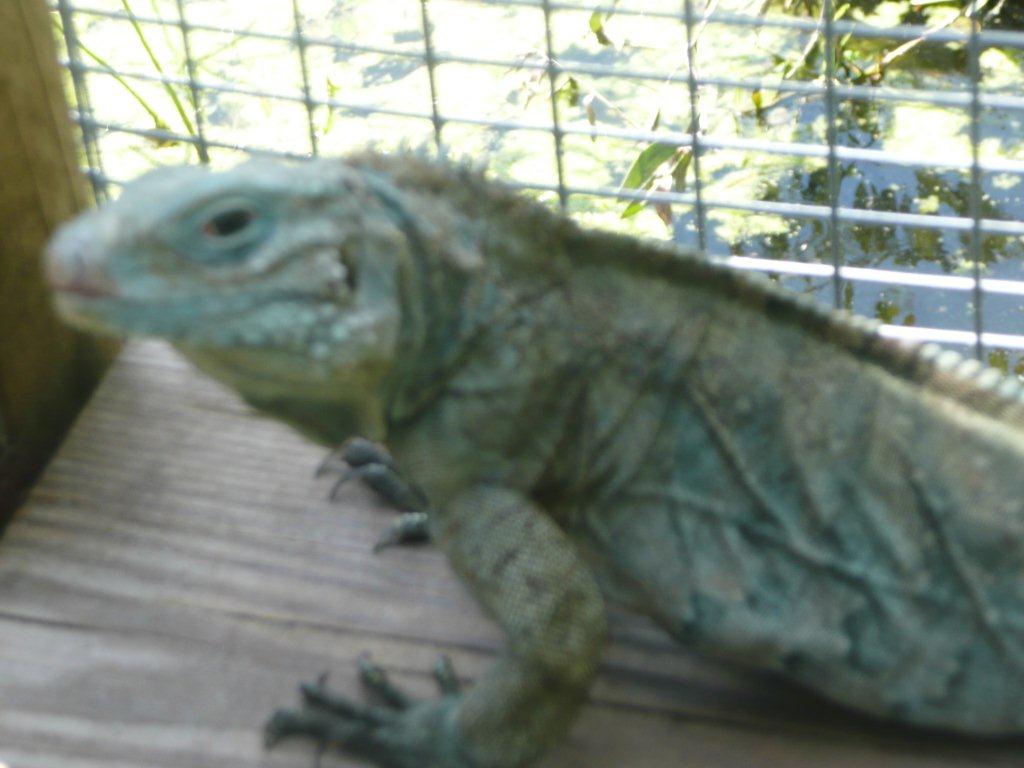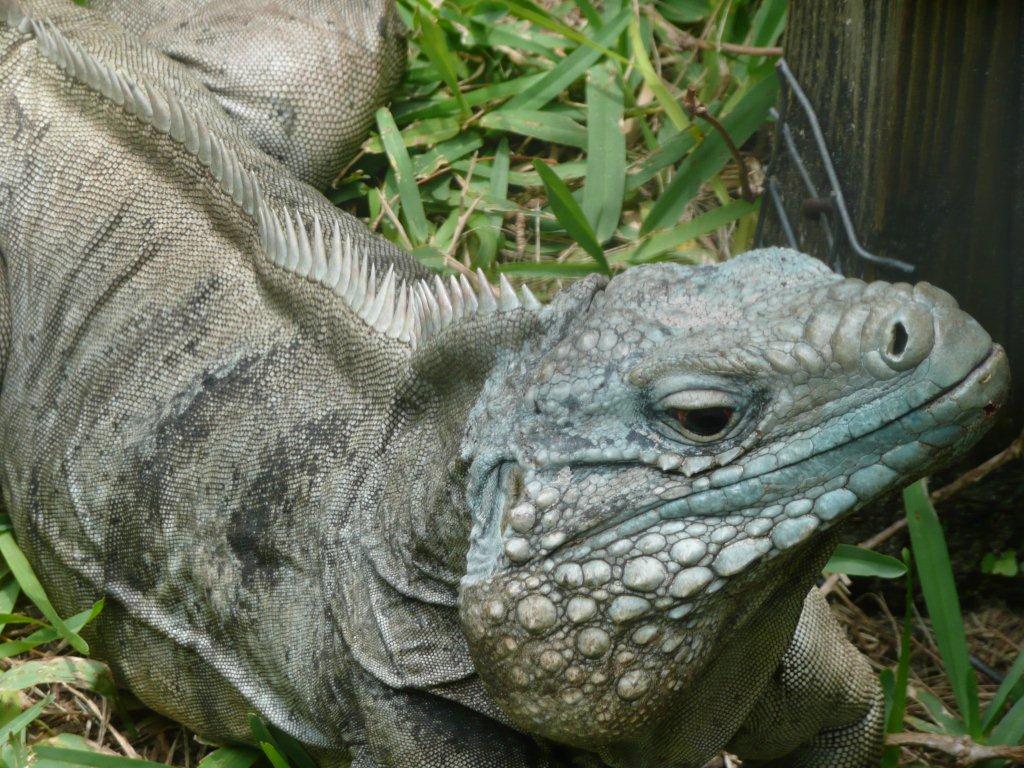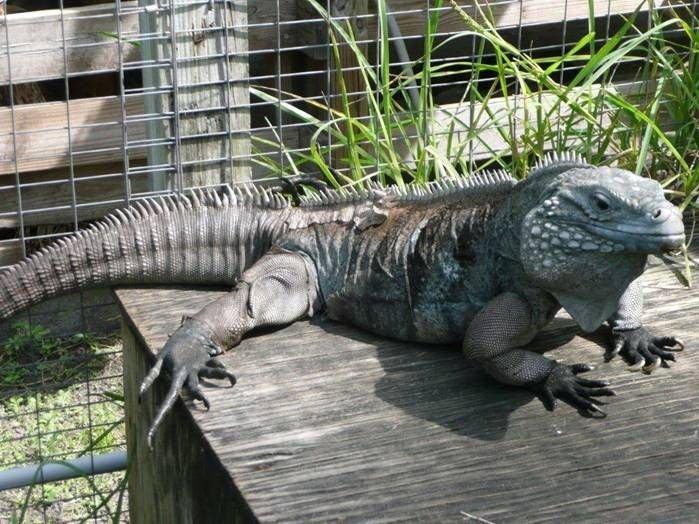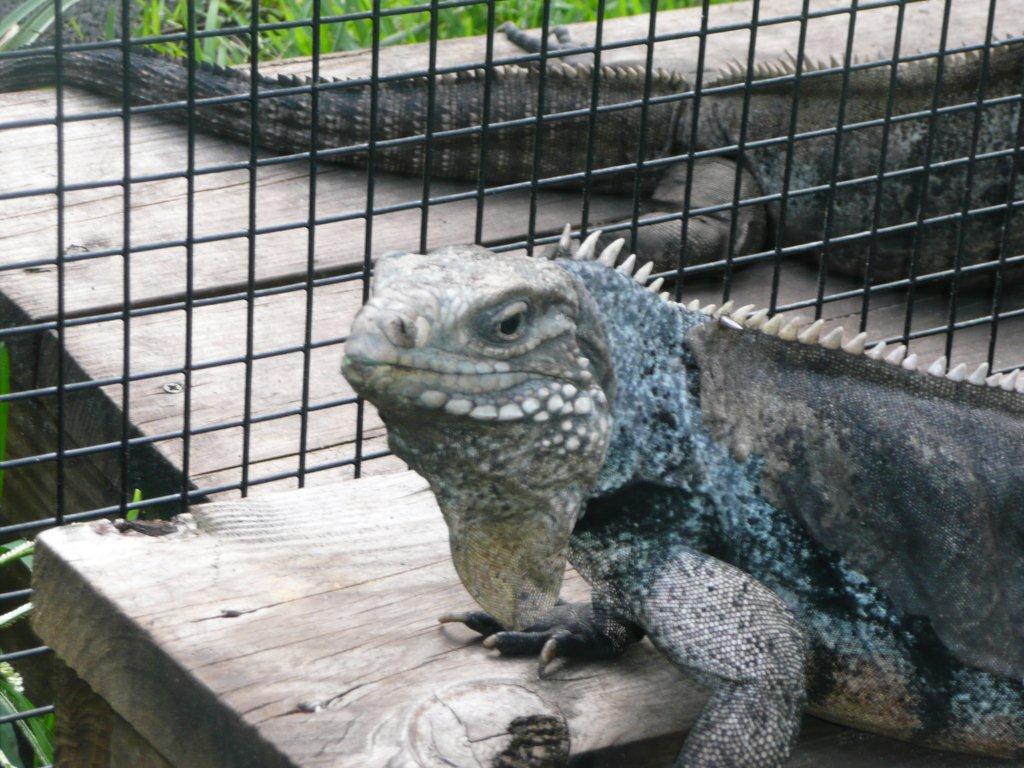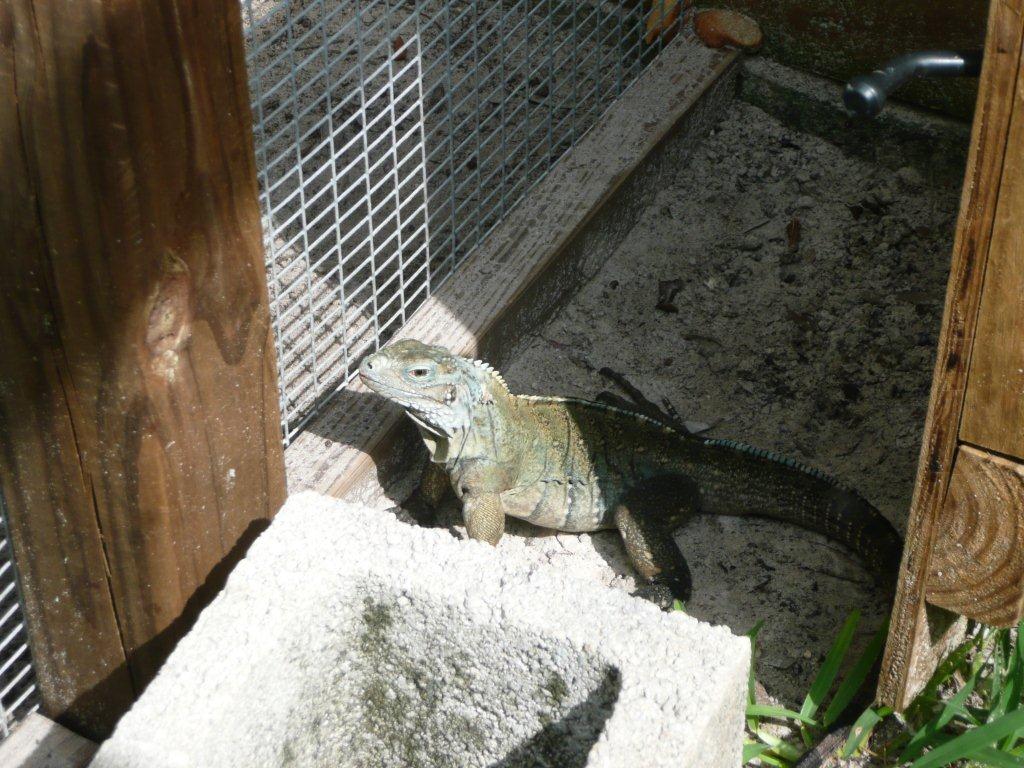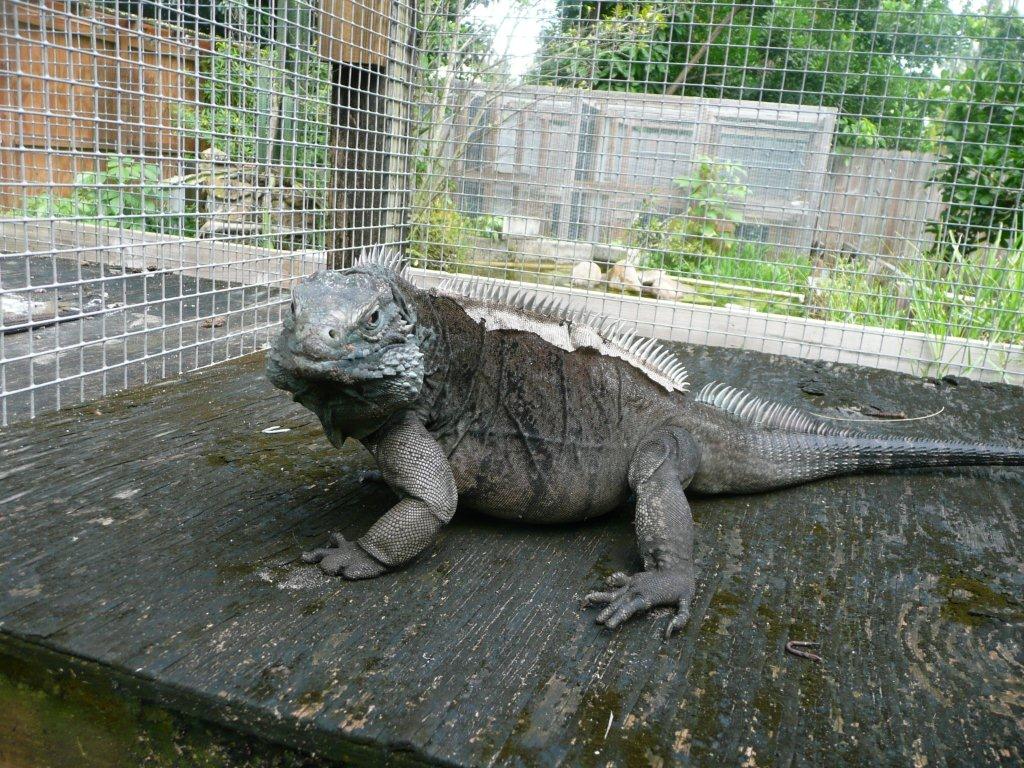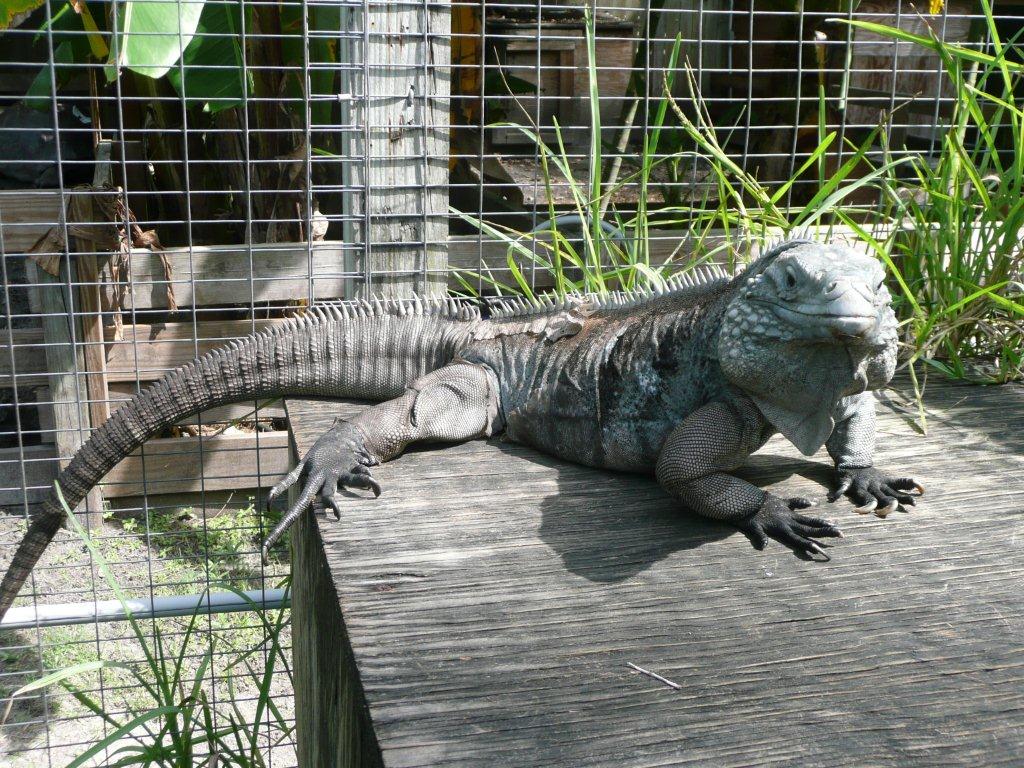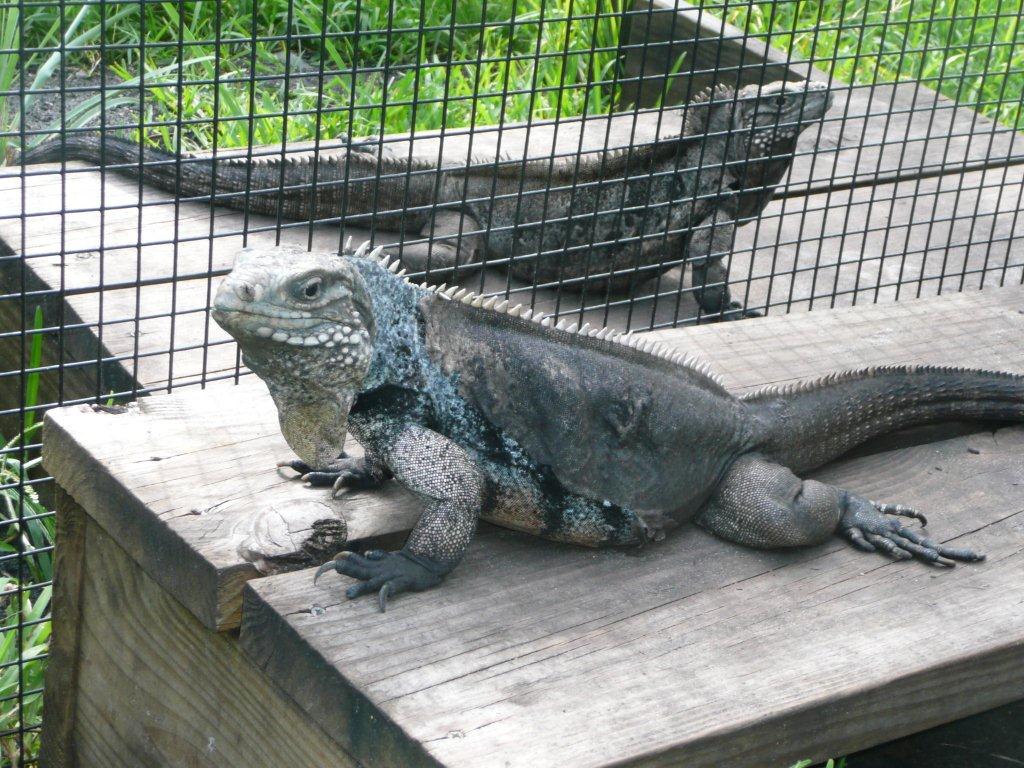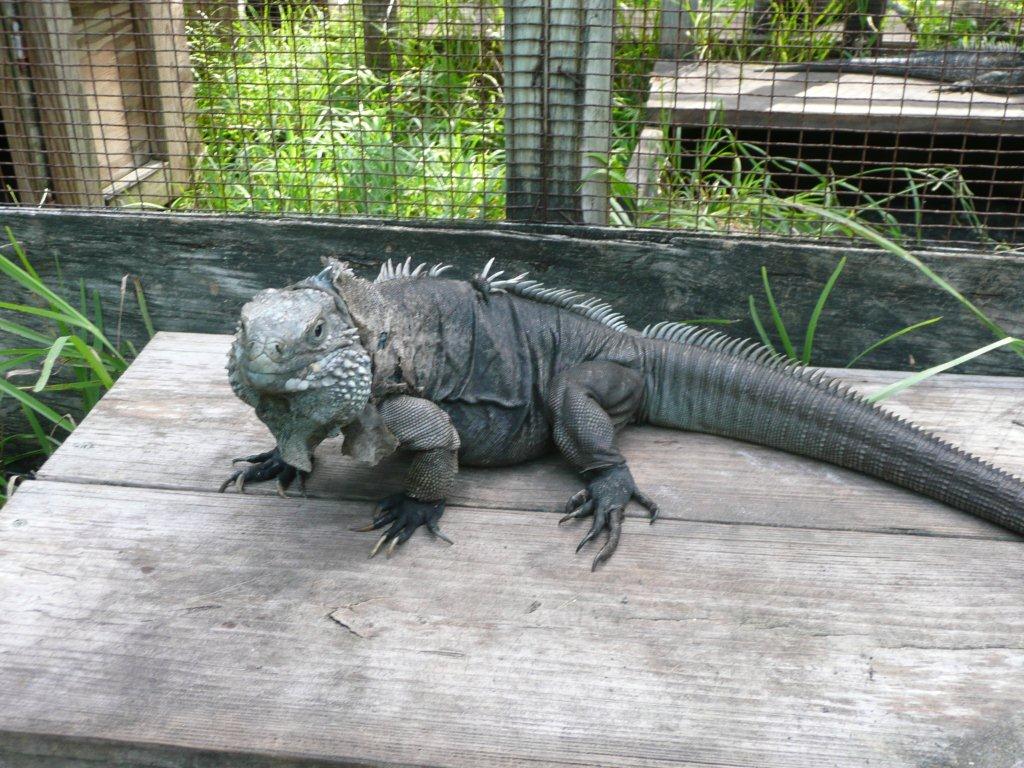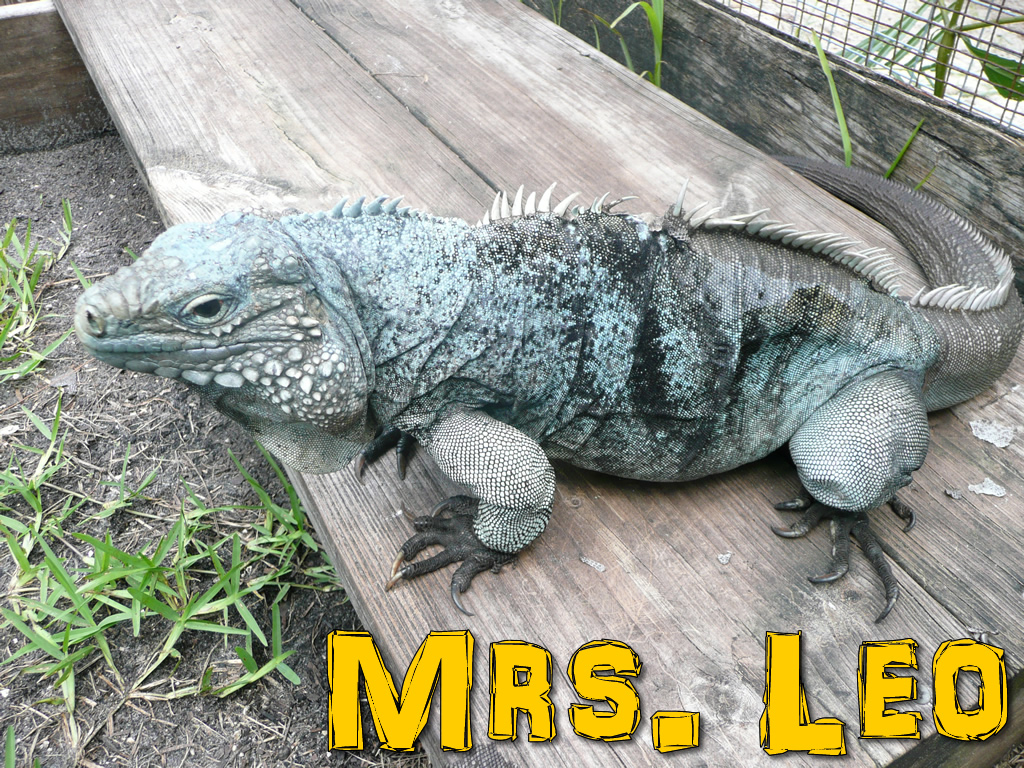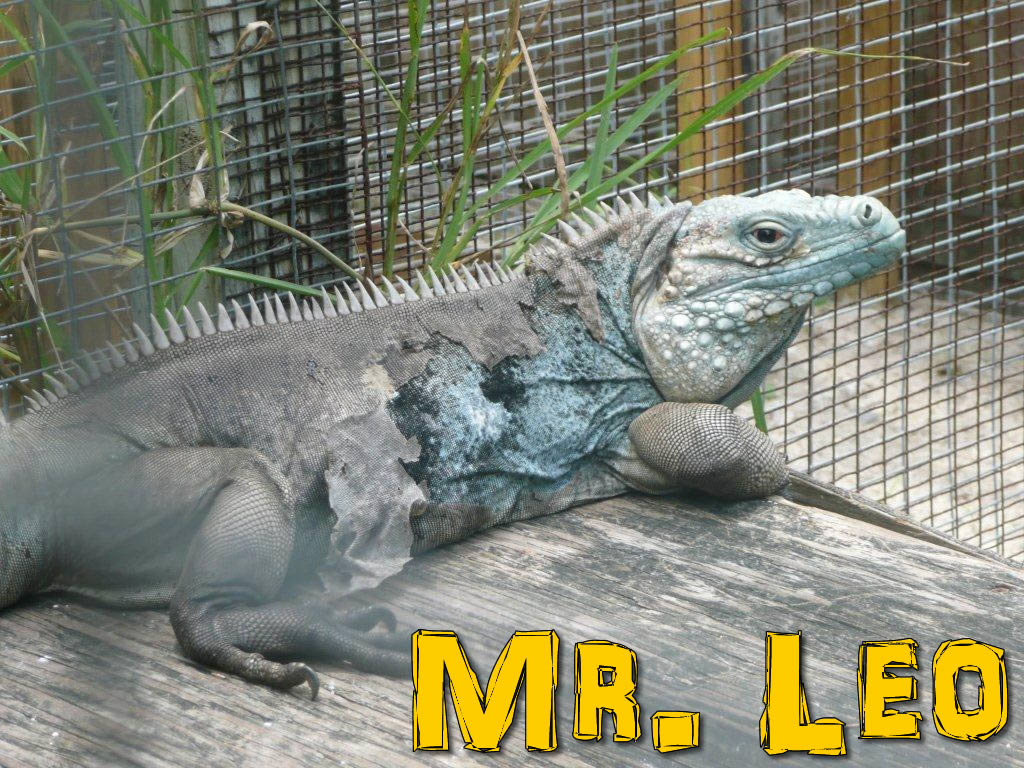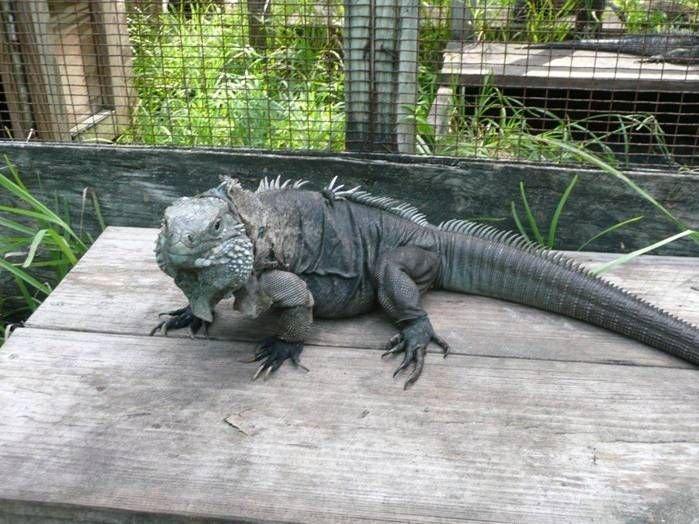High Percentage Lewisi Hybrids

I have been breeding Lewisi iguanas for about thirty years now, I have some very high percentage animals that I have breed of the years.
On this page you can see some of the brothers and sisters Parents and grandparents on this page this is the line originally from Life Fellowship that I have been breeding.
They produce some incredible blue babies as you can see in the pictures
Our Collection of Cyclura Iguanas goes back to the early eighties
We were fortunate enough to obtain some of the nicest Iguanas from Life Fellowship Church their expertise and experience reached back into the Sixties.
Ramon Nugel and Greg Moss were some of the very first if not the first to successfully breed Cyclura Iguanas.
Needless to say they had the nicest animals
There came a time when Life Fellowship Church started selling off their animals, also located in Florida I was fortunate enough to obtain some of the nicest animals.This line of Lewisi Hybrid iguanas are some of the most sought after animals in today’s market.
Higher percentage and lower percentage Hybrids has all to do with how close their genetics are to the animals in their natural habitat
Typically the lower percentage yields less blue. If you compare the High Percentage Lewisi hybrids on this site to the Lewisi hybrids you can see the difference in quantity and quality of blue. Lewisi Iguanas have flatter more wedge shaped heads, unlike the Cubans who’s nose rolls off round at the tip.
There are different sub species mixes you can have to give you a hybrid. You can cross Cayman Brac with Lewisi or you can cross Cuban with Lewis and you can mix all three, Cuban, Cayman and Lewisi.
Archived - Cyclura Lewisi Videos
Archived - Cyclura Lewisi Descriptions
The Blue Iguana or Grand Cayman Iguana (Cyclura lewisi) is a critically endangered species of lizard of the genus Cyclura endemic to the island of Grand Cayman. Previously listed as a subspecies of the Cuban Iguana, it was reclassified as a separate species in 2004 because of genetic differences discovered four years earlier. The Blue Iguana is one of the longest-living species of lizard (possibly up to 69 years). The record is 67 years.
The Blue Iguana prefers dwelling in rocky, sunlit, open areas in dry forests or near the shore, as the females must dig holes in the sand to lay eggs in June and July. A possible second clutch is laid in September. The Blue Iguana''''s vegetarian diet includes plants, fruits, and flowers. Its coloration is tan to gray with a bluish cast that is more pronounced during the breeding season and more so in males. It is large and heavy-bodied with a dorsal crest of short spines running from the base of the neck to the end of the tail.
The fossil record indicates that the Blue Iguana was abundant before European colonization; but fewer than 15 animals remained in the wild by 2003, and this wild population was predicted to become extinct within the first decade of the 21st century. The species'''' decline is mainly being driven by predation by feral pets (cats and dogs) and indirectly by the destruction of their natural habitat as fruit farms are converted to pasture for cattle grazing. Since 2004, 219 captive-bred animals have been released into a preserve on Grand Cayman run by a partnership headed by the Durrell Wildlife Conservation Trust, in an attempt to save the species. At least five non-profit organizations are working with the government of the Cayman Islands to ensure the survival of the Blue Iguana.
Taxonomy
The Blue Iguana (Cyclura lewisi) is endemic to the island of Grand Cayman. Its generic name (Cyclura) is derived from the Ancient Greek words cyclos meaning "circular" and ourá meaning "tail", after the thick-ringed tail characteristic of all Cyclura. Its specific name is a Latinized form of the name of the scientist who first described this species, Bernard C. Lewis. Its closest relatives are the Cuban Iguana (Cyclura nubila) and the Northern Bahamian Rock Iguana (Cyclura cychlura), the three species having diverged from a common ancestor some three million years ago. The species has a low genetic diversity but does not seem to suffer the same lack of vitality that afflicts other such species of rock iguana. One theory is that the species evolved from a single female Cuban Iguana (C. nubila nubila) with eggs inside her who drifted across the sea, perhaps during a storm. It is distinct from the subspecies found on Little Cayman and Cayman Brac known as C. nubila caymanensis, although it can breed with this subspecies and produce fertile offspring. In 1938, Bernard C. Lewis of the Institute of Jamaica joined an Oxford University biological expedition to the Cayman Islands. Lewis was able to obtain two Blue Iguanas, a male and a female, which were later lodged with the British Museum of Natural History. Chapman Grant, in a monograph published in 1940, formally described the Blue Iguana for the first time as Cyclura macleayi lewisi. Schwartz and Carey established the trinomial (Cyclura nubila lewisi) in 1977. They held that the Blue Iguana was a strongly distinct subspecies of the Cuban Iguana (C. nubila), the species which it evolved from and can breed with. They emphasized its overall bright blue coloration, and noted that further study could reveal it to be a distinct species. Frederick Burton reclassified the Blue Iguana as a distinct species in 2004, after years of research comparing scale counts on the heads of Caribbean iguanas, including those found on Little Cayman, Cayman Brac, Cuba, and the Bahamas, as well as mitochondrial DNA analysis performed by Dr. Catherine Malone, to re-examine the phylogeography of the different species.
Description
The Blue Iguana is the largest native land animal on Grand Cayman with a total nose-to-tail length of 5 ft (1.5 m) and weighing as much as 30 lb (14 kg). Its body length is 20–30 inches (51–76 cm) with a tail equal in length. The Blue Iguana''''s toes are articulated to be efficient in digging and climbing trees. Although not known to be arboreal, the Blue Iguana has been observed climbing trees 15 feet (4.6 m) and higher. The male is larger than the female by one third of his body size. The mature male's skin color ranges from dark grey to turquoise blue, whereas the female is more olive green to pale blue. Young animals tend to be uniformly dark brown or green with faint darker banding. When they first emerge from the nest the neonates have an intricate pattern of eight dark dorsal chevrons from the crest of their necks to their pelvic area. These markings fade by the time the animal is one year old, changing to mottled gray and cream and eventually giving way to blue as adults. The adult Blue Iguana is typically dark gray matching the karst rock of its landscape. The animal changes its color to blue when it is in the presence of other iguanas to signal and establish territory. The blue color is more pronounced in males of the species. Their distinctive black feet stand in contrast to their lighter overall body color. Male Blue Iguanas have prominent femoral pores, which are used to release pheromones. Females have smaller pores and have a less prominent dorsal crest, making the animal somewhat sexually dimorphic.
Eyes and vision
The Blue Iguana's eyes have a golden iris and red sclera. They have excellent vision, which allows them to detect shapes and motions at long distances. As Blue Iguanas have only a few rod cells, they have poor vision in low-light conditions. At the same time, they have cells called "double cones" which give them sharp color vision and enable them to see ultraviolet wavelengths. This ability is highly useful when basking so the animal can ensure that it absorbs enough sunlight in the forms of UVA and UVB to produce Vitamin D. Blue Iguanas have evolved a white photosensory organ on the top of their heads called the parietal eye (also known as the third eye, pineal eye or pineal gland). This "eye" does not work the same way as a normal eye as it has only a rudimentary retina and lens and thus, cannot form images. It is however sensitive to changes in light and dark and can detect movement.
Distribution and habitat
The Blue Iguana lives on Grand Cayman, the largest and westernmost of the Cayman Islands southwest of Cuba.The Blue Iguana is found only on the island of Grand Cayman. Comparison with other Cyclura species in the region strongly suggests that there was once a coastal population of Blue Iguanas which was gradually displaced or extirpated by human settlements and the construction of roads. The Blue Iguana now only occurs inland in natural xerophytic shrubland and along the interfaces between farm clearings, roads, and gardens and closed-canopy dry forest or shrubland. The interior population is believed to have been attracted to agricultural clearings and fruit farms which provide thermoregulatory opportunities, herbaceous browse, fallen fruit, and nesting soil, but this also brought the Blue Iguana into contact with humans and feral animals. Females often migrate to coastal areas to nest.[19] Blue Iguanas released into the Queen Elizabeth II Botanical Park on Grand Cayman were radiotracked in 2004 to determine ranges for each animal. Females were found to occupy territories of 0.6 acres (2,400 m2) and males an average of 1.4 acres (5,700 m2) with overlap in common territories, indicating that they choose to maintain a population density of four to five animals per hectare. The Blue Iguanas occupy rock holes and tree cavities, and as adults are primarily terrestrial. Younger individuals tend to be more arboreal. Hatchlings are preyed upon by the native snake Alsophis cantherigerus. The adults have no natural predators but can fall victim to feral dogs. They typically reach sexual maturity at three to four years of age.
Diet and longevity
A Blue Iguana sunning itself at the Royal Botanical ParkLike all Cyclura species, the Blue Iguana is primarily herbivorous, consuming leaves, flowers, and fruits from over 45 species of plant. This diet is very rarely supplemented with insect larvae, crabs, slugs, dead birds, and fungi. The iguanas are presented with a special problem for osmoregulation: plant matter contains more potassium and as it has less nutritional content per gram, more must be eaten to meet the lizard''''s metabolic needs. As they are not capable of creating urine more concentrated than their bodily fluids, they excrete nitrogenous wastes as uric acid salts through a salt gland in the same manner as birds. As a result, they have developed this lateral nasal gland to supplement renal salt secretion by expelling excess potassium and sodium chloride. Longevity in the wild is unknown but is presumed to be many decades. A Blue Iguana named "Godzilla" captured on Grand Cayman in 1950 by naturalist Ira Thompson was imported to the United States in 1985 by Ramon Noegel and sold to reptile importer and breeder, Tom Crutchfield in 1990. Crutchfield donated Godzilla to the Gladys Porter Zoo in Brownsville, Texas in 1997 and the lizard remained there until its death in 2004. Thompson estimated Godzilla to be 15 years of age at the time of his capture. At an estimated 69 years of age (54 of which were spent in captivity), Godzilla may be the world''''s longest-living lizard for which there is reliable record. A closely related Lesser Caymans Iguana (C. nubila caymanensis) has been documented as living 33 years in captivity.
Reproduction
Mating occurs from May through June. Copulation is preceded by numerous head-bobs on the part of the male, who then circles around behind the female and grasps the nape of her neck. He then attempts to restrain the female in order to maneuver his tail under hers to position himself for intromission. Copulation generally lasts from 30 to 90 seconds, and a pair is rarely observed mating more than once or twice a day. A clutch of anywhere from 1 to 21 eggs are usually laid in June or July depending on the size and age of the female, in nests excavated in pockets of earth exposed to the sun. Several exploratory nests are begun before one is completed. These burrows can range from 16 inches (0.41 m) to over 60 inches (1.5 m) in length, with an enlarged chamber at its terminal portion to allow the female to turn around. The temperature within nests that have been monitored by researchers remained a constant 32C (90F) throughout the incubation period which ranges from 65–90 days. The Blue Iguana's eggs are among the largest laid by any lizard. Individuals are aggressively territorial from the age of about three months onward. Females occupy overlapping areas of the order of 0.6 acres (2,400 m2) seemingly regardless of age, while males occupy progressively larger and more extensively overlapping territories as they age and grow.


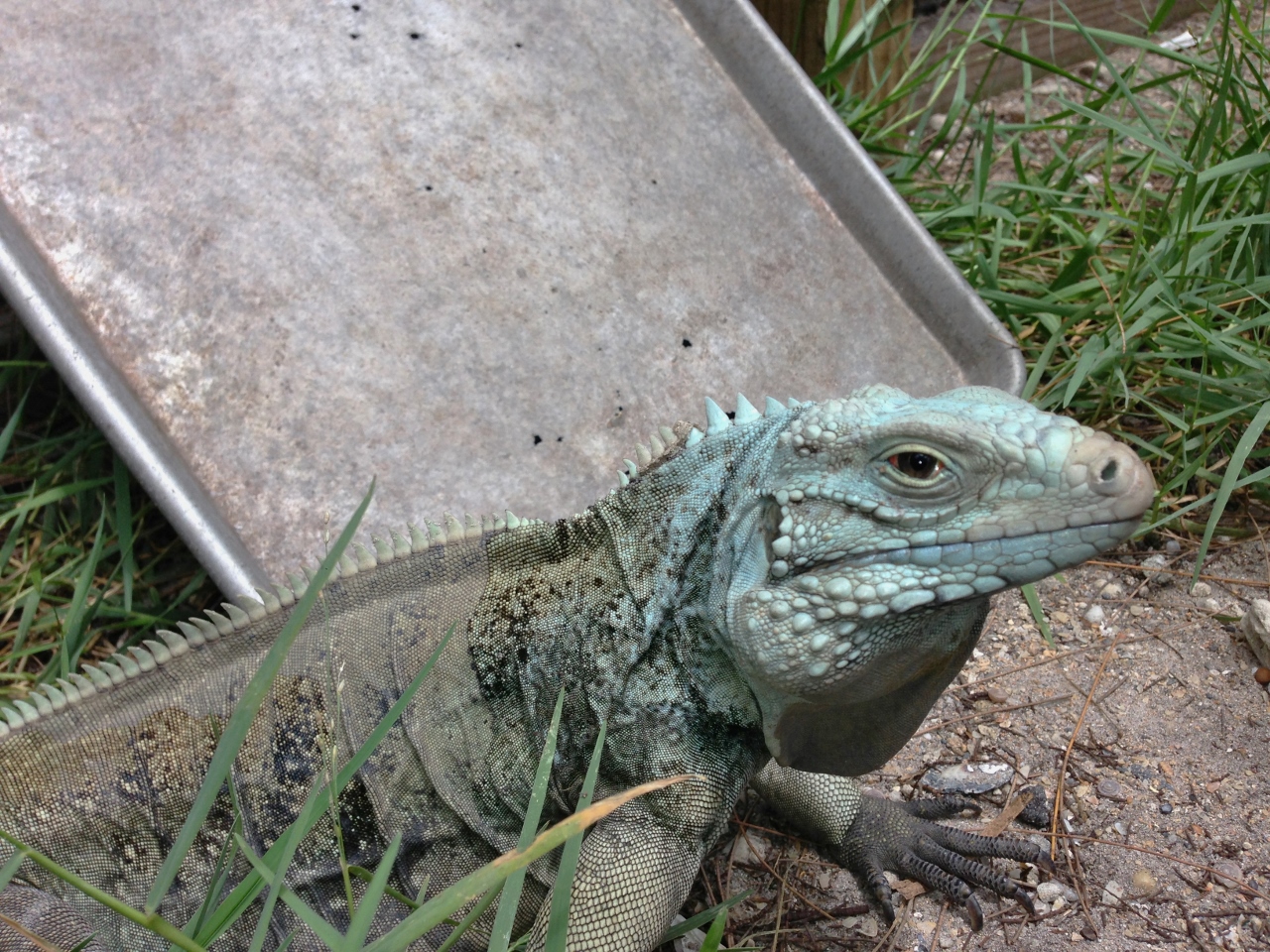
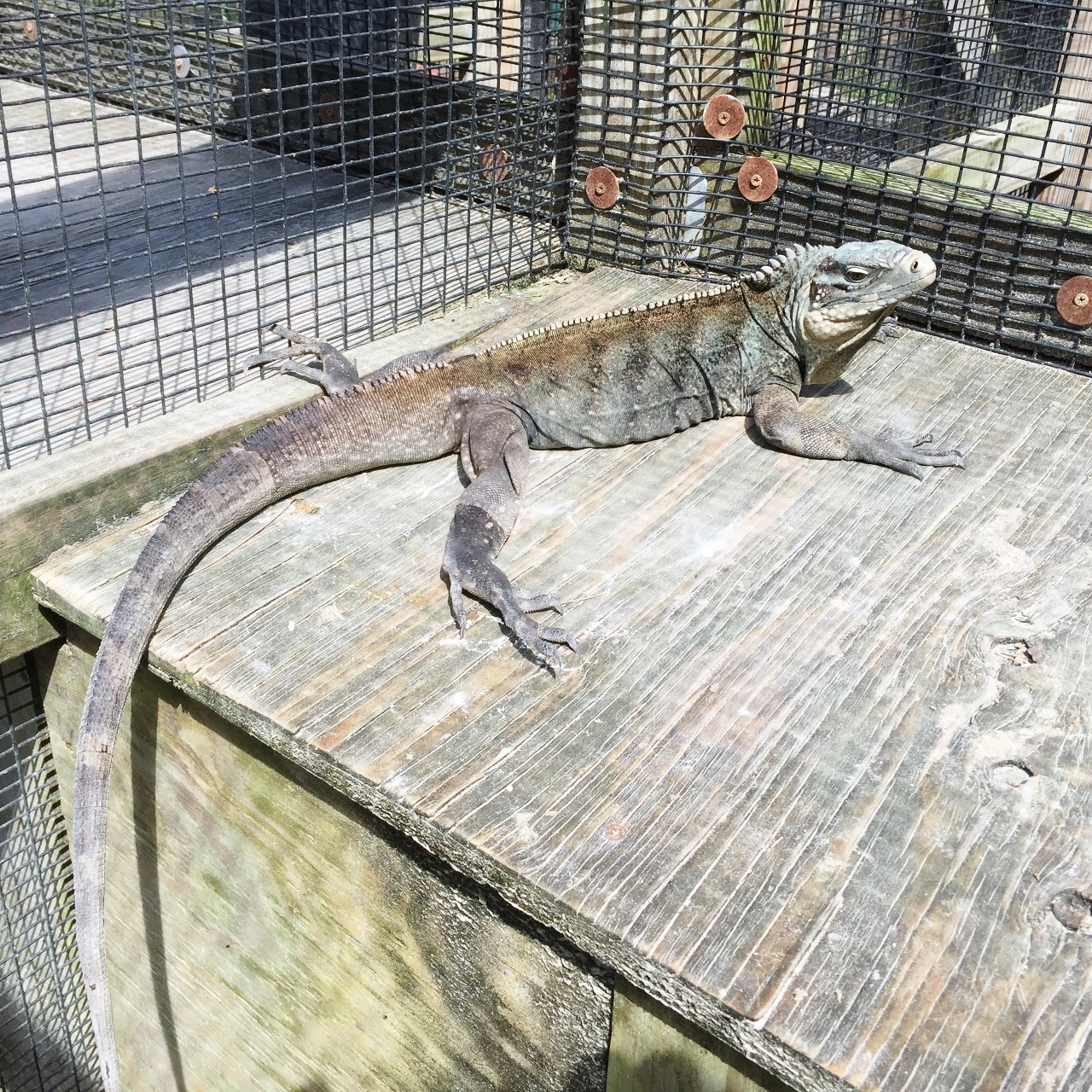
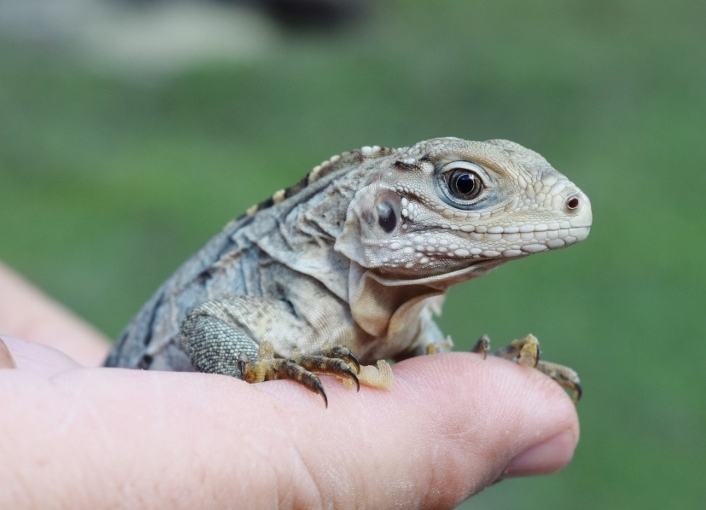
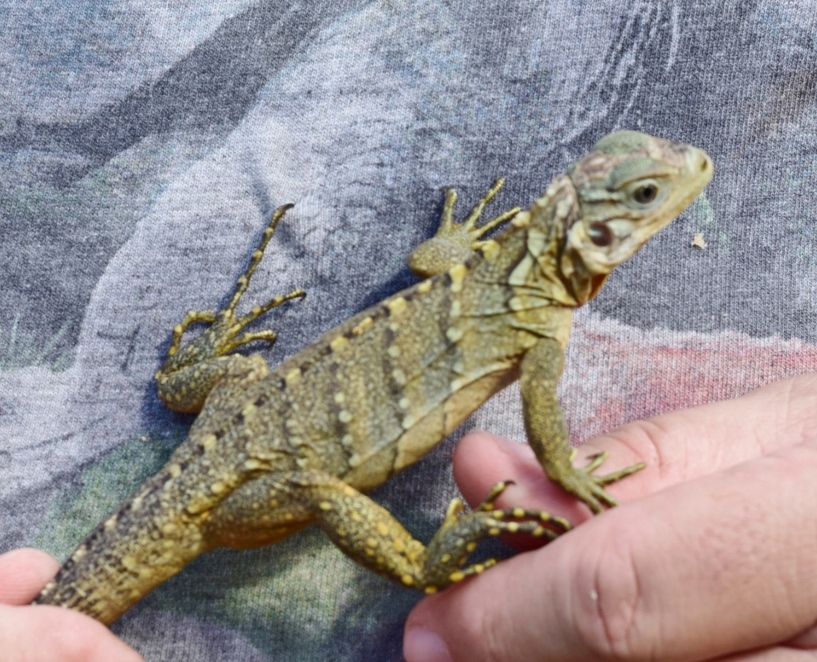
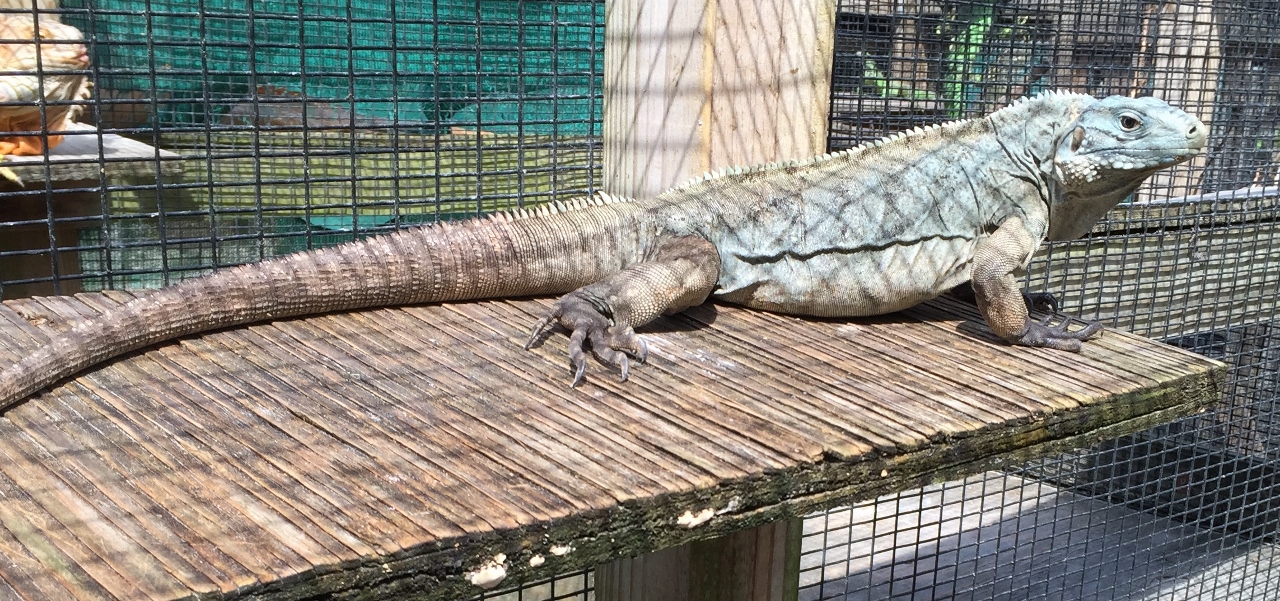
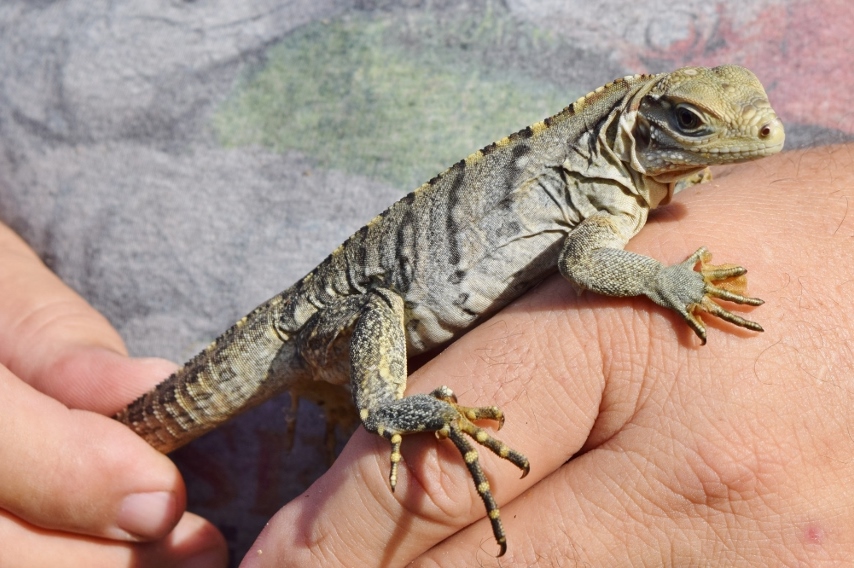
.jpg)
.jpg)
.jpg)

